Pansy (viola X Wittrockiana) Photograph by Maria Mosolova/science Photo Library
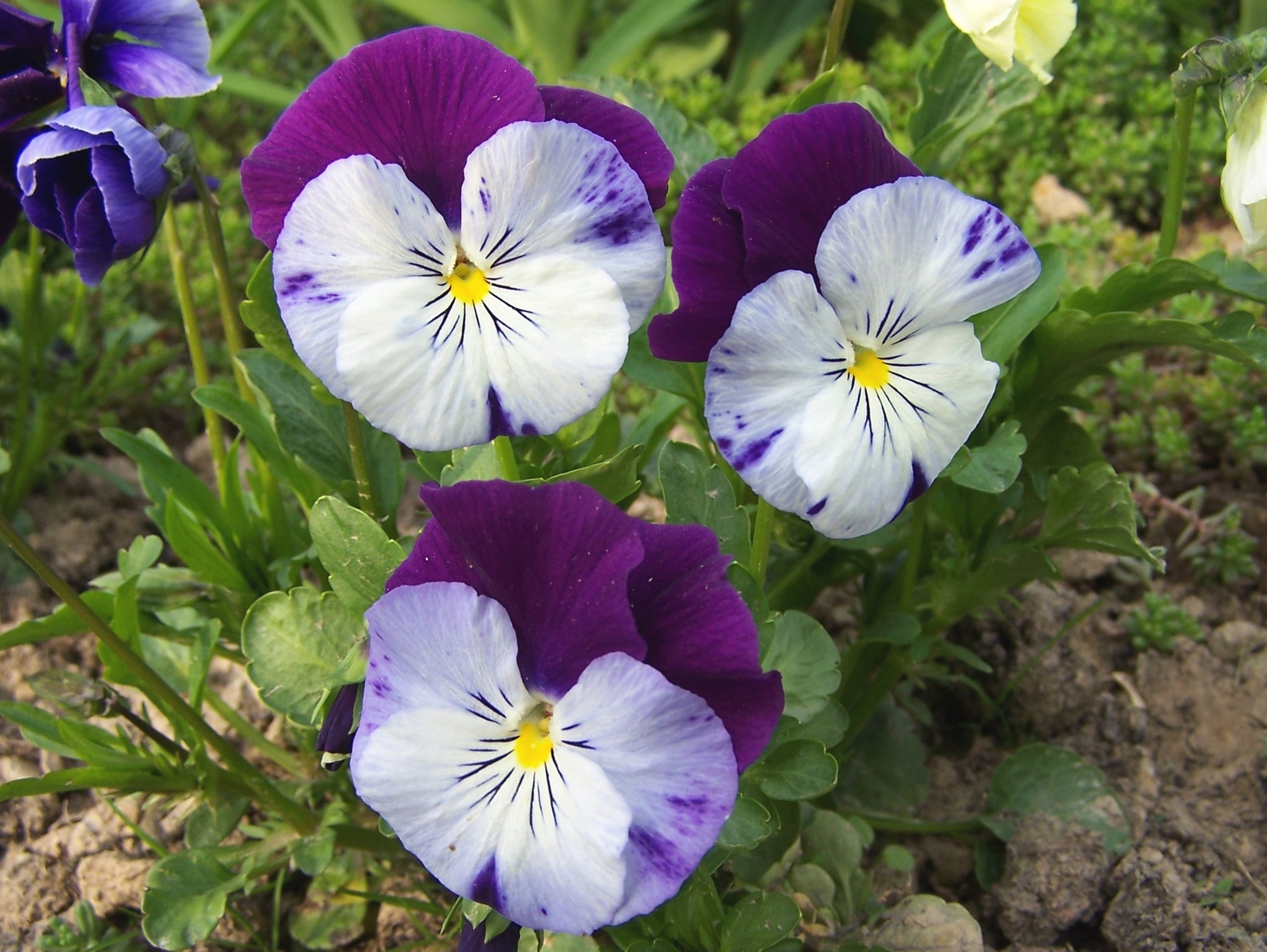
Saiba como cultivar Amorperfeito (Viola x wittrockiana) PlantaSonya O seu blog sobre
Viola × wittrockiana, known as pansies, are one of the most popular bedding plants for cool weather. Pansies sold in commerce as V. × wittrockiana are mostly F1 hybrids that grow to 8" tall with 2-4" diameter flattened face-like flowers.
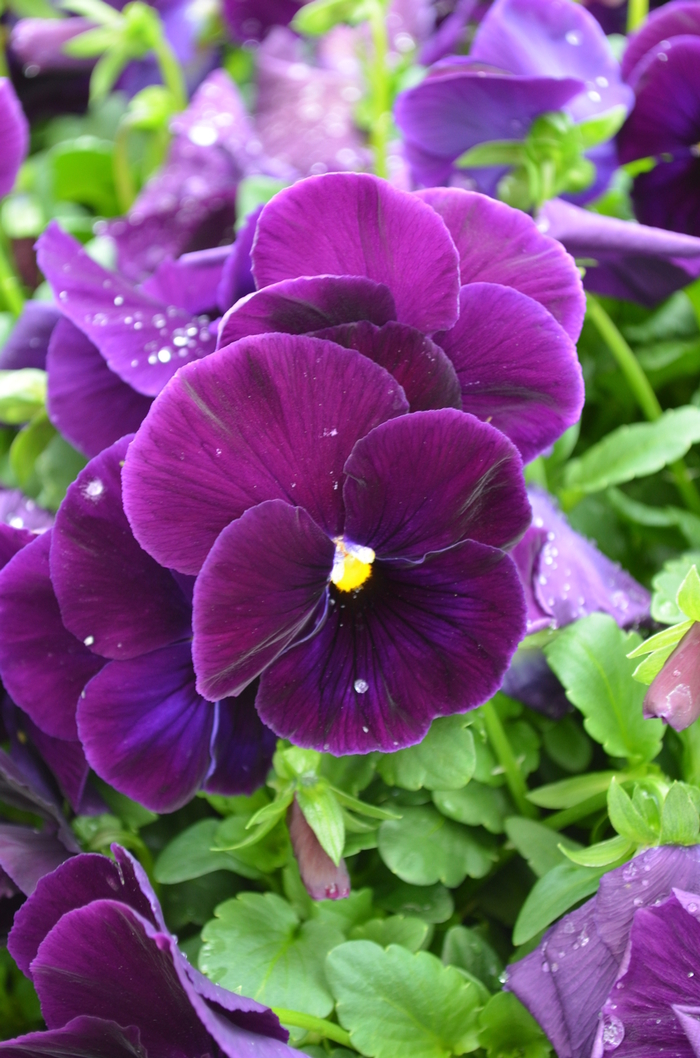
Viola x wittrockiana Spring Matrix™ 'Purple' Pansy Garden Center Marketing
Scientific Name: Viola x wittrockiana Common Name: Large-Flowered Pansy Hardiness Degree: -10°F (-23.3°C) Blooming Season: Early Spring, Spring, Autumn, Winter Plant Habit: Mounded Characteristics: Attracts Bees, Attracts Butterflies, Attracts Hummingbirds, Winter Interest (regional), Fragrant Flowers, Frost Tolerant Water: Medium

Viola x wittrockiana (Lady's Delight, Pansy) North Carolina Extension Gardener Plant Toolbox
Cast the tiny seeds over a tray of seed-starting mix and moisten the tray. Pansies need dark to germinate. Keep the tray covered with black plastic until the seeds germinate (about two weeks). Remove the plastic and transfer the tray to a bright location. Keep the soil moist.
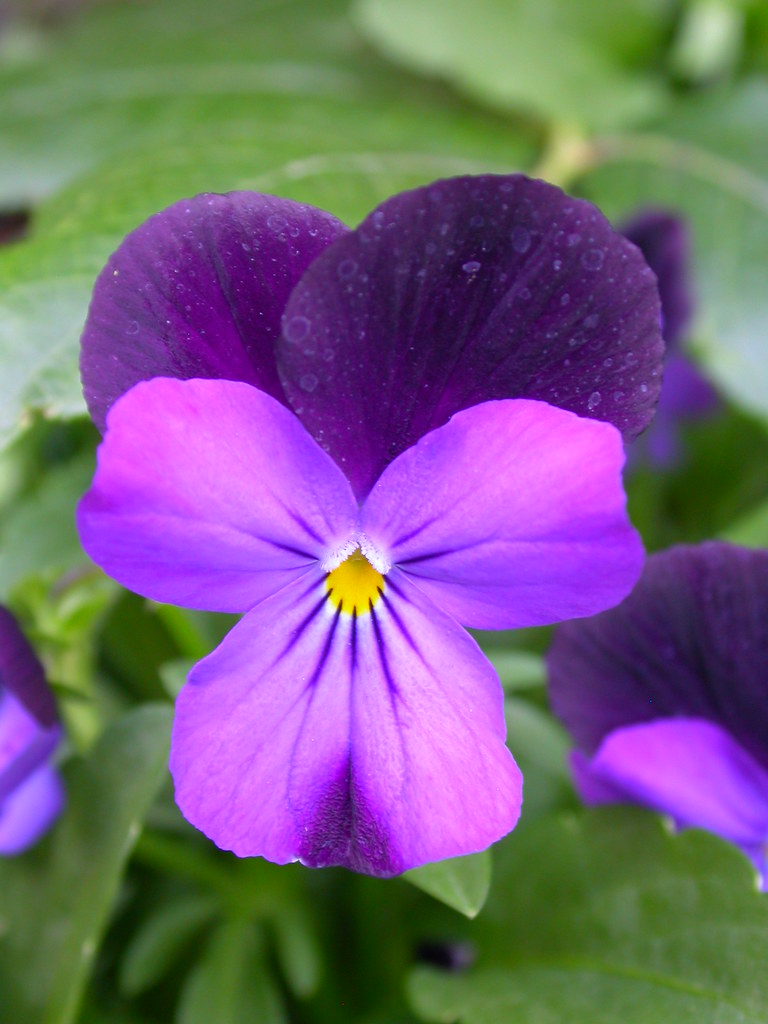
Viola x wittrockiana (Violaceae) Viola x wittrockiana (Vio… Flickr
Viola × wittrockiana Cool Wave Series (P) A vigorous, spreading, short-lived perennial to about 20cmin height and trailing up to 60cm. Normally grown as an annual or biennial, it can be in flower at almost any time of year depending on sowing date.

Viola x wittrockiana (Lady's Delight, Pansy) North Carolina Extension Gardener Plant Toolbox
Scientific Name: Viola x wittrockiana Common Name: Extra-Large-Flowered Pansy Hardiness Degree: -10°F (-23.3°C) Blooming Season: Early Spring, Spring, Autumn, Winter Plant Habit: Mounded Characteristics: Attracts Bees, Attracts Butterflies, Attracts Hummingbirds, Winter Interest (regional), Fragrant Flowers, Frost Tolerant
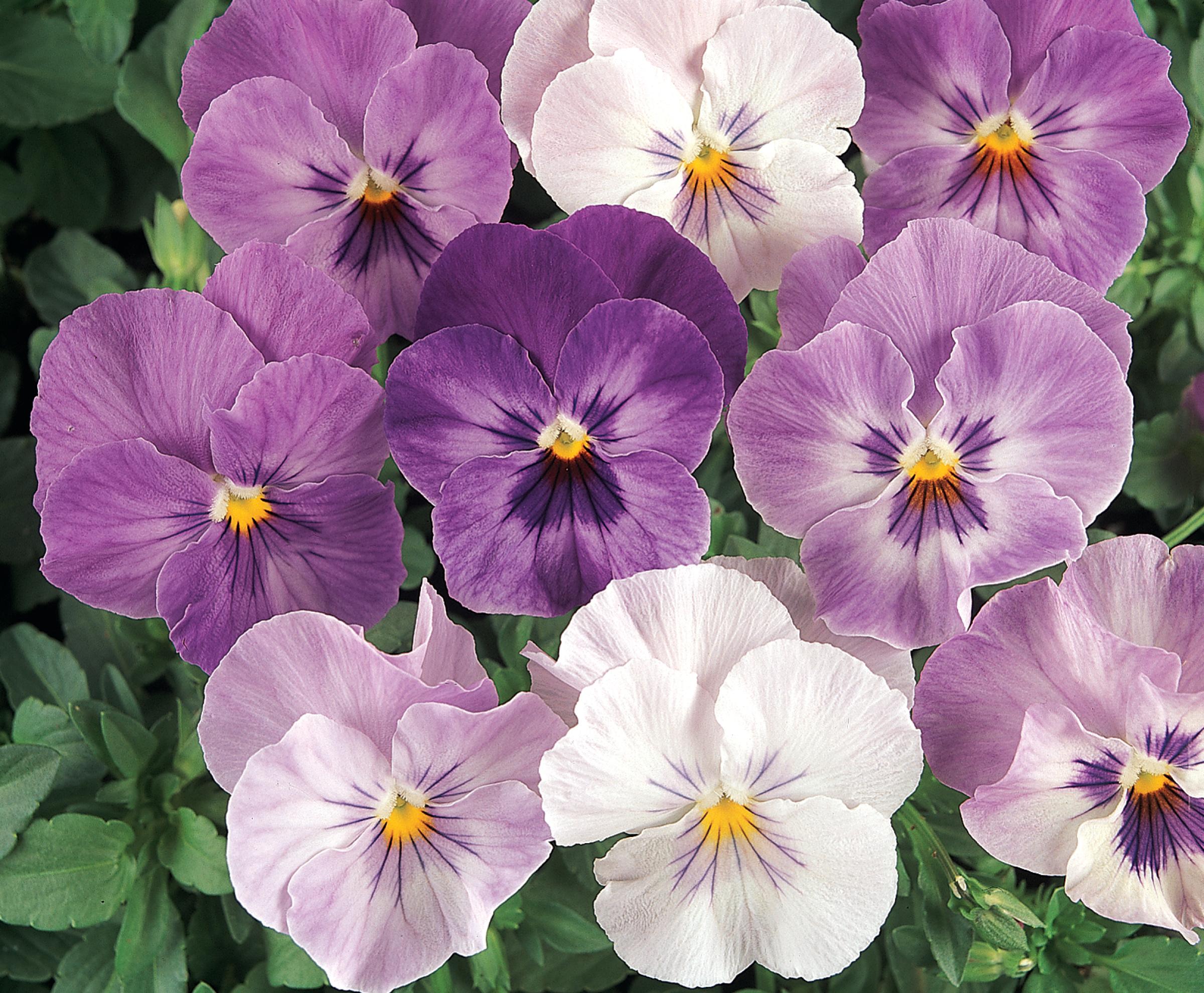
Viola x wittrockiana 'PAS284643' Pansy Panola® Lilac Shades from Plantworks Nursery
Pansy (Viola x wittrockiana) is a biennial or short-lived perennial, often grown as an annual. It is prized for its charming, face-like blooms and wide range of colors and patterns. Pansies are hybrid plants derived from several species within the Viola genus and are part of the Violaceae family.
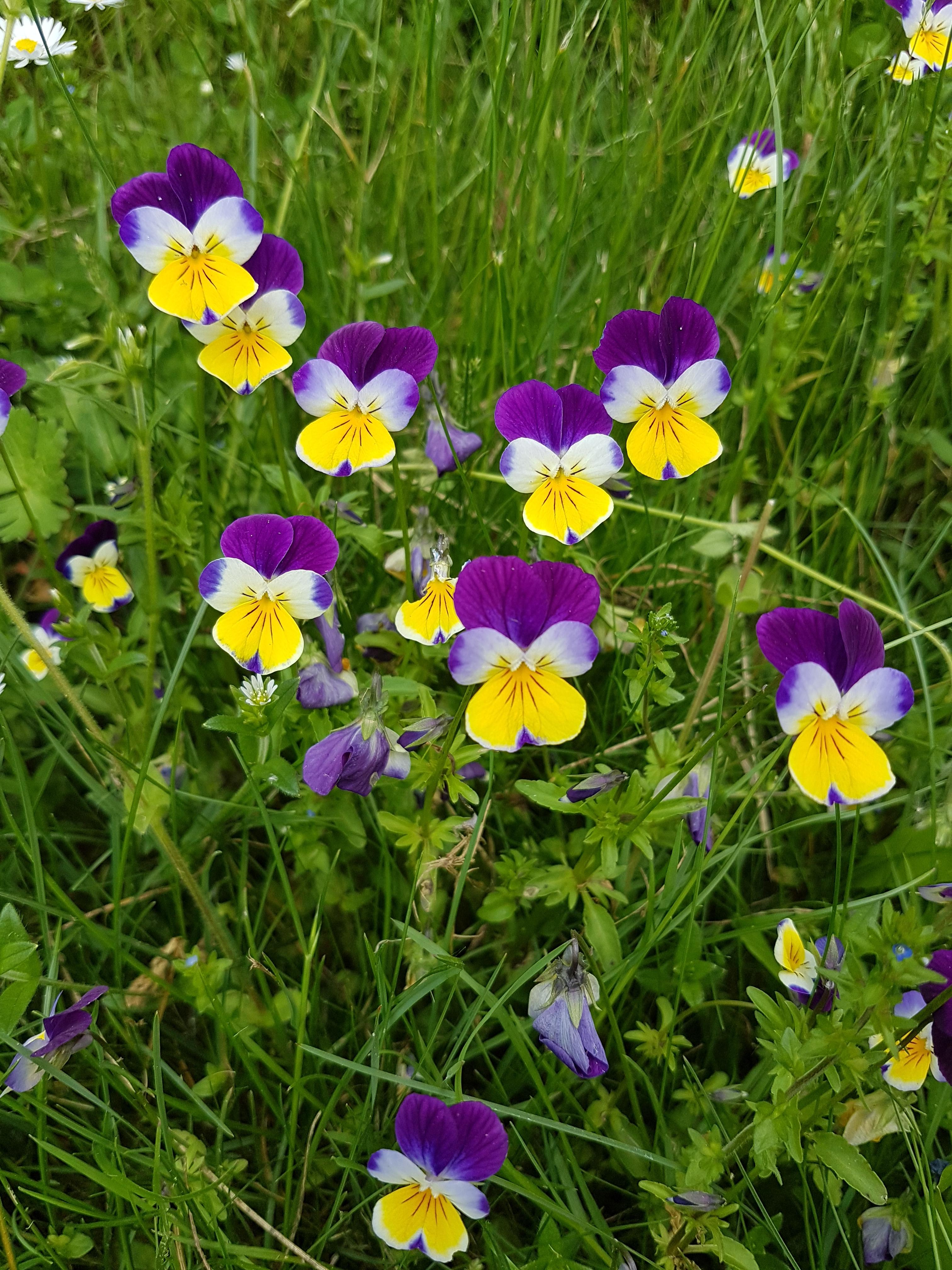
Viola Wittrockiana / Pansy (viola X Wittrockiana) Photograph by Maria Mosolova Sherina Abought
Pansies, Viola x wittrockiana, are low-growing, bushy perennials usually grown as annual bedding plants. They are larger than most species violas, and have heart-shaped leaves and colourful, often bicoloured flowers with darker, face-like markings in the centre.
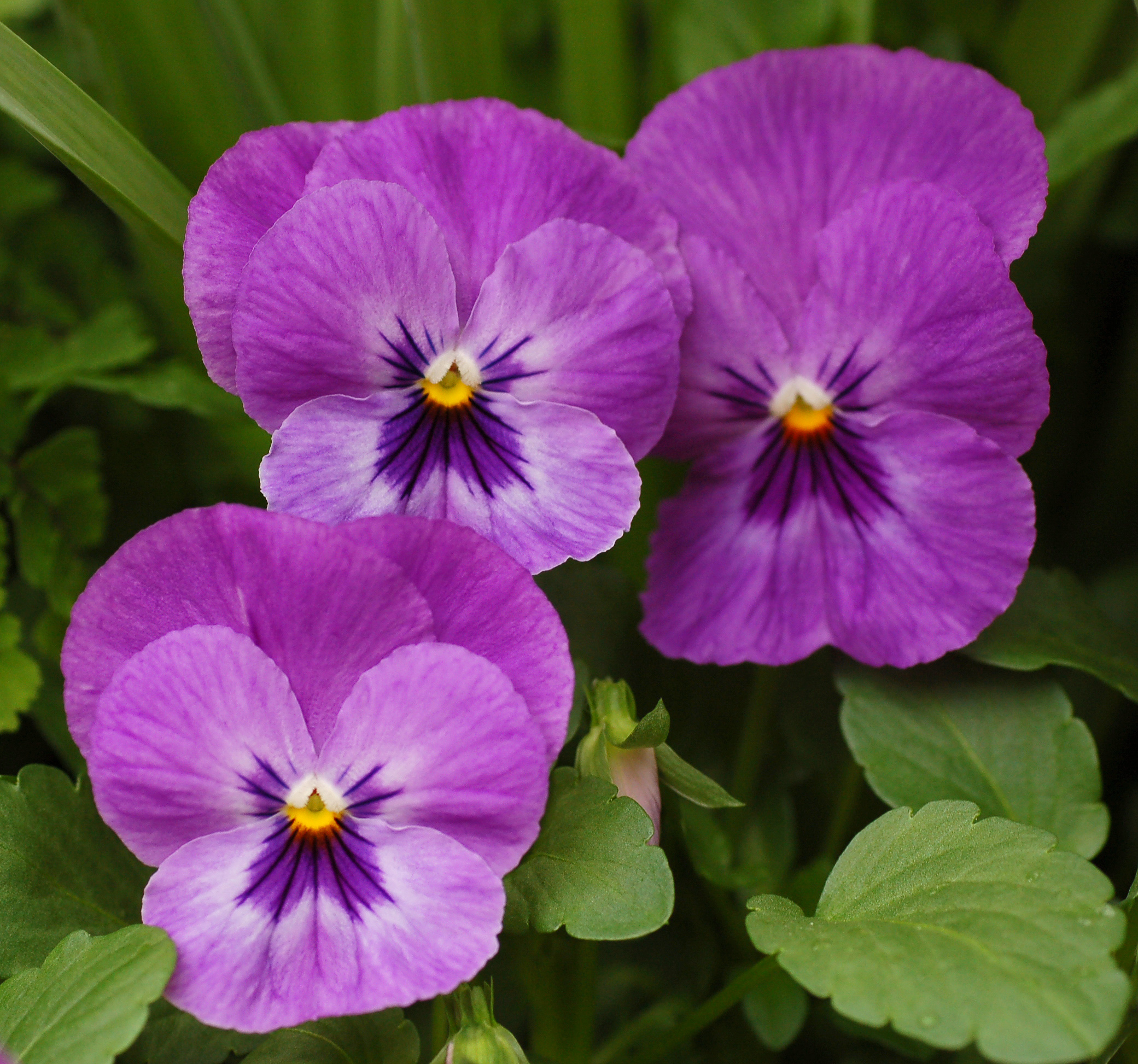
Características e cultivo da Violetaborboleta (Viola x Wittrockiana) PlantaSonya O seu blog
Scientific Name: Viola x wittrockiana Common Name: Extra-Large-Flowered Pansy Hardiness Degree: -10°F (-23.3°C) Blooming Season: Early Spring, Spring, Autumn, Winter Plant Habit: Mounded Characteristics: Attracts Bees, Attracts Butterflies, Attracts Hummingbirds, Winter Interest (regional), Fragrant Flowers, Frost Tolerant
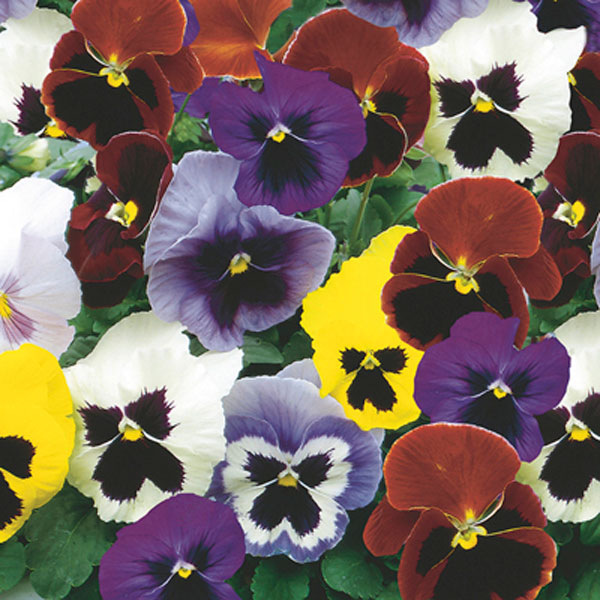
Pansy (Viola x wittrockiana) Pick Ontario
The Spruce / Kara Riley The fast-growing varieties grown as garden plants are mostly small-flowered annuals or short-lived perennial violas. Many violas will come back every year thanks to self-seeding. Furthermore, violas are edible flowers and make unexpected garnishes and salad ingredients.
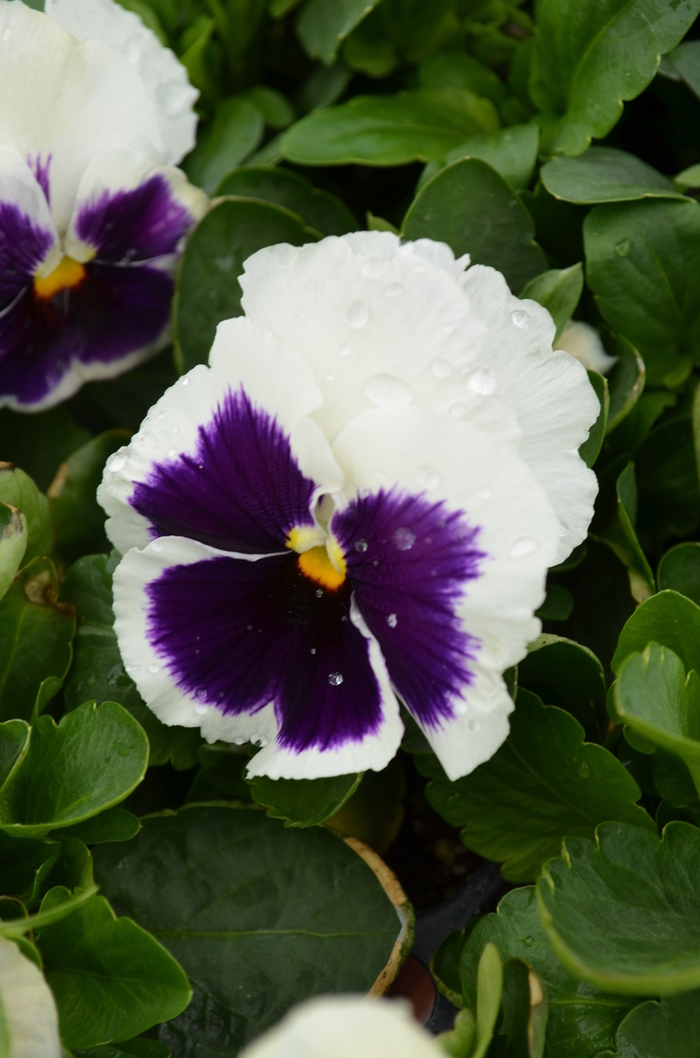
Viola x wittrockiana 'Matrix® White Blotch' Pansy Cristina's Garden Center
Plant Finders Comprehensive Landscape Plant Directory Pansy Viola x wittrockiana Annuals (Detailed plant information can be found at the bottom of the page.) Viola x wittrockiana Photo Gallery Viola x wittrockiana Plant Information TTU Plant Resources Texas Tech University, Department of Plant and Soil Science, Box 42122, Lubbock, TX 79409
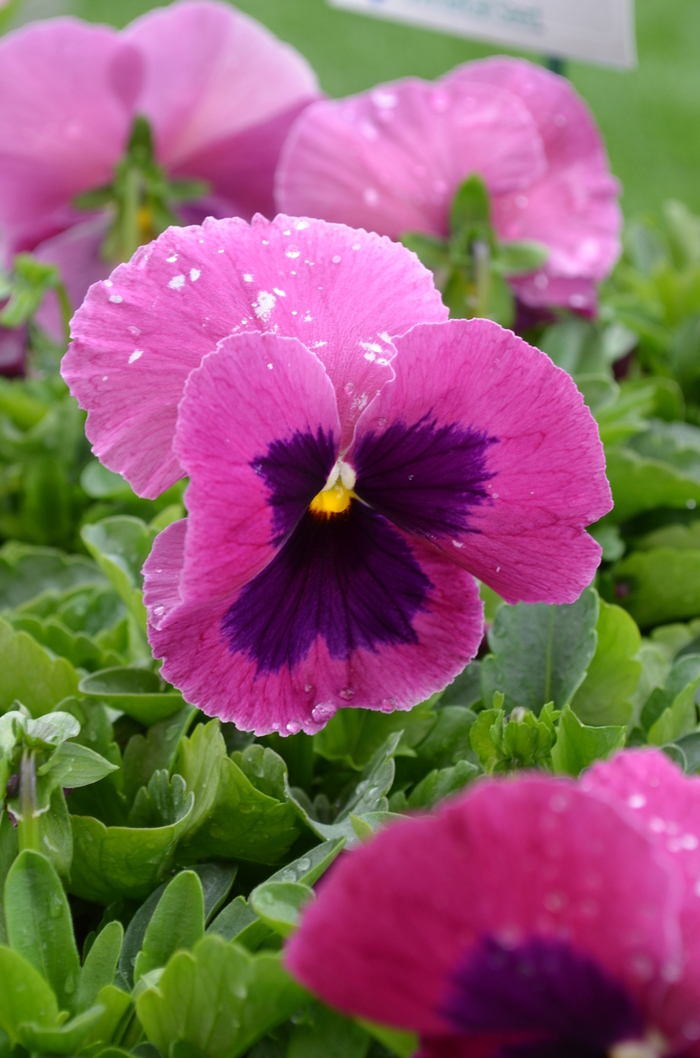
Viola x wittrockiana 'Matrix® Rose Blotch' Pansy Cristina's Garden Center
The garden pansy ( Viola × wittrockiana) is a type of polychromatic large-flowered hybrid plant cultivated as a garden flower. [2] It is derived by hybridization from several species in the section Melanium ("the pansies") [3] of the genus Viola, particularly V. tricolor, a wildflower of Europe and western Asia known as heartsease.
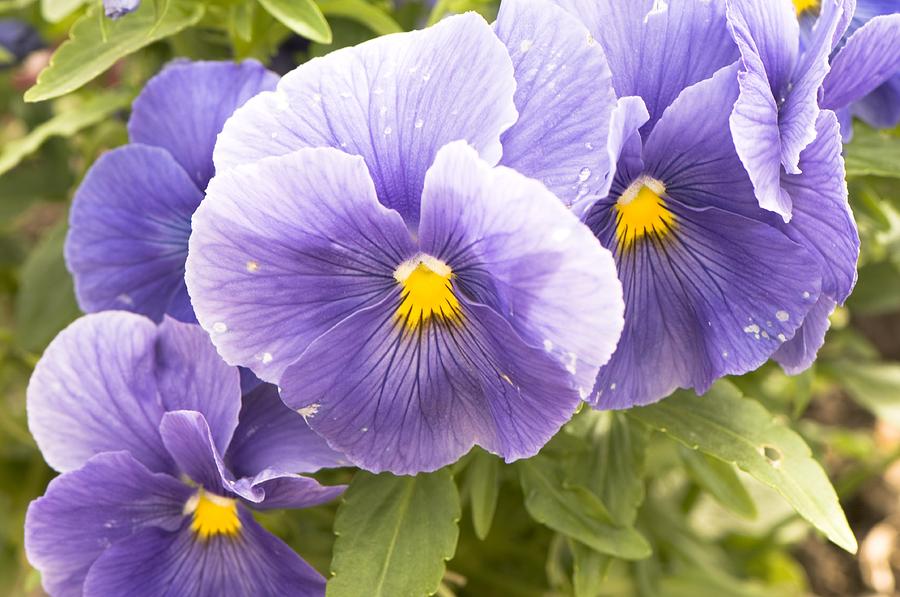
Viola x wittrockiana 'True Blue' Photograph by Science Photo Library Fine Art America
Scientific Name: Viola x wittrockiana Common Name: Extra-Large-Flowered Pansy Hardiness Degree: -10°F (-23.3°C) Blooming Season: Early Spring, Spring, Autumn, Winter Plant Habit: Mounded Characteristics: Attracts Bees, Attracts Butterflies, Attracts Hummingbirds, Winter Interest (regional), Fragrant Flowers, Frost Tolerant
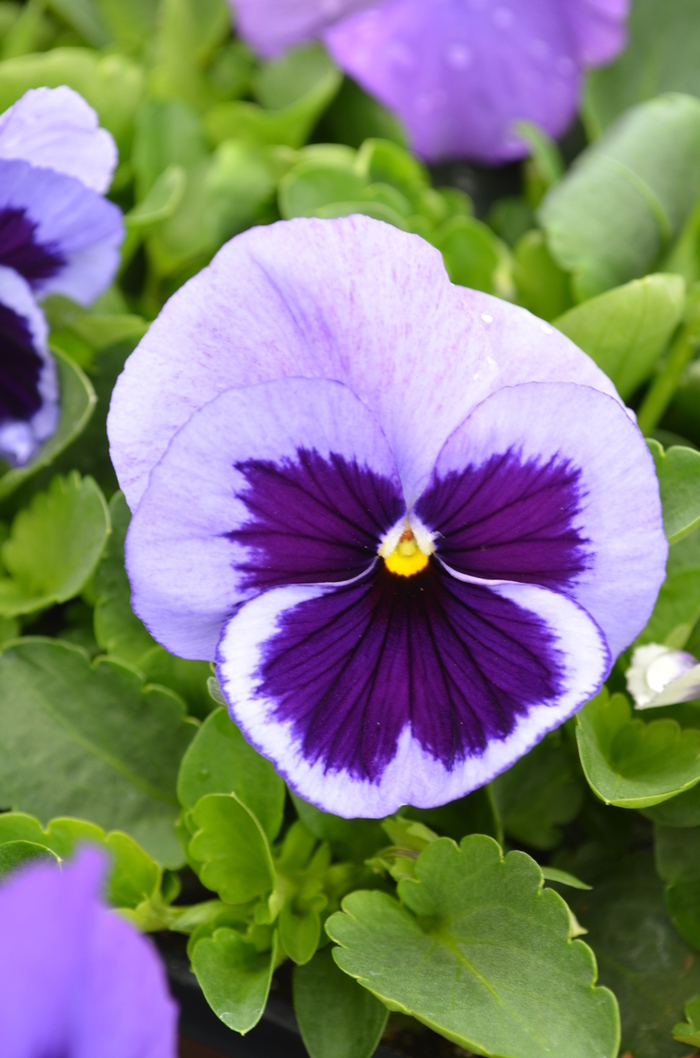
Viola x wittrockiana Spring Matrix™ 'Ocean' Pansy from Garden Center Marketing
The pansy (Viola x wittrockiana) is a viola hybrid that is often confused for the flowers Johnny jump up and viola jackanape. While these flowers are all a part of the same family, they are separate species entirely. It's easy to understand why the four different flower species get mixed up. All of them are blooming at the same time.
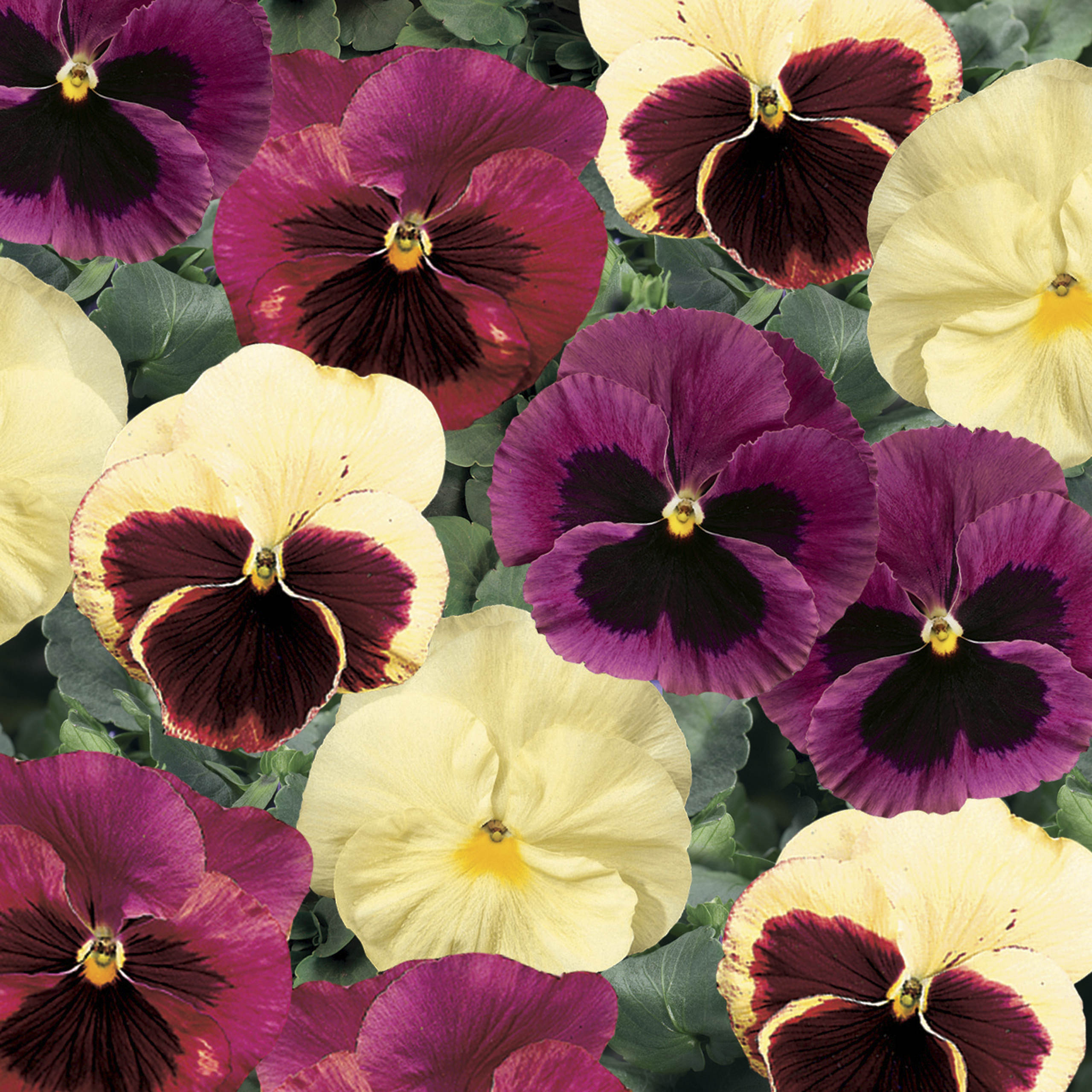
Pansy viola x wittrockiana Delta Premium Apple Cider Mix Lucas Greenhouses
Description Height: .5 to 1 feet Spread: .5 to 1 feet Plant habit: round; spreading Plant density: open Growth rate: slow Texture: medium Foliage Leaf arrangement: alternate Leaf type: simple Leaf margin: dentate Leaf shape: ovate; oblong Leaf venation: not applicable Leaf type and persistence: not applicable Leaf blade length: less than 2 inches
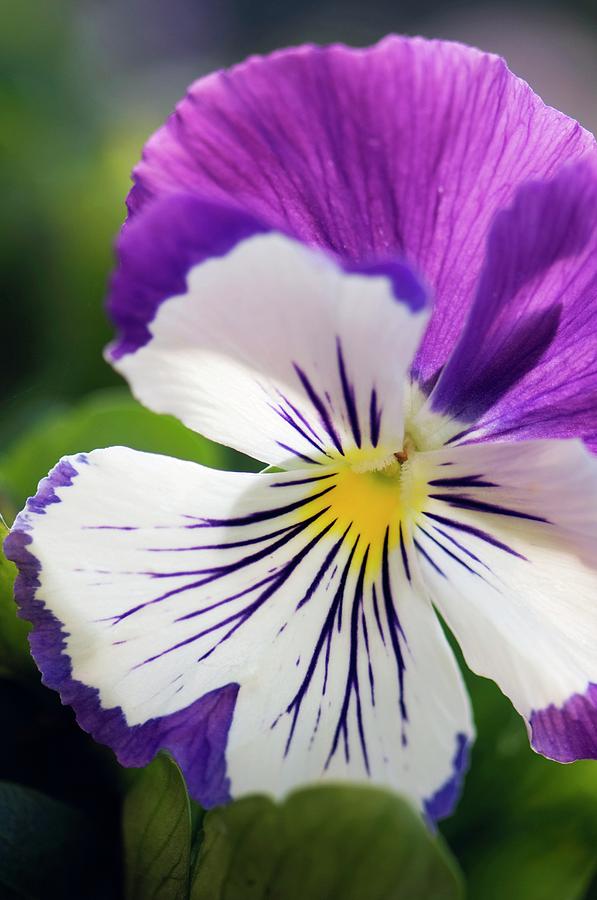
Pansy (viola X Wittrockiana) Photograph by Maria Mosolova/science Photo Library Fine Art America
Viola x wittrockiana Common Name (s): Lady's Delight Pansy Phonetic Spelling vye-OH-lah BY wih-troh-kee-AY-nah Description Pansy is a semi-evergreen annual in the violet family (Violaceae) and native to Europe and Asia. It grows 6 to 9 inches in height and 9 to 12 inches in width.
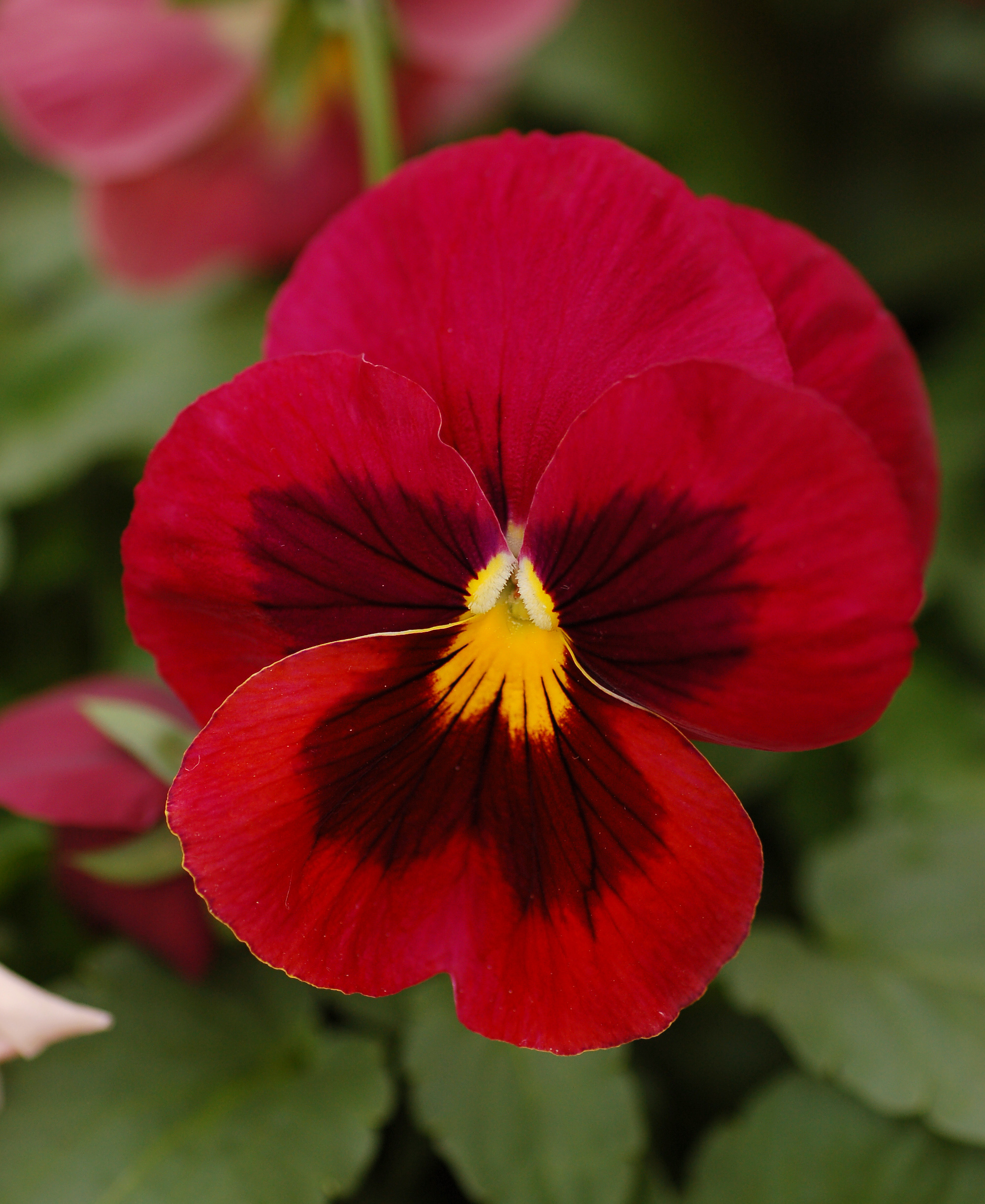
FilePansy Viola x wittrockiana Red Cultivar Flower 2000px.jpg Wikimedia Commons
Viola x wittrockiana -- Pansy Page 3 October 1999 Violet gall midge larva attacks the leaves at the growing point causing a gall to form. The distorted leaves are subject to wet rot. Infected plants are dwarfed and produce few blooms. Remove and destroy infested leaves. Greenhouse leaf tier webs the flower buds and leaves together.